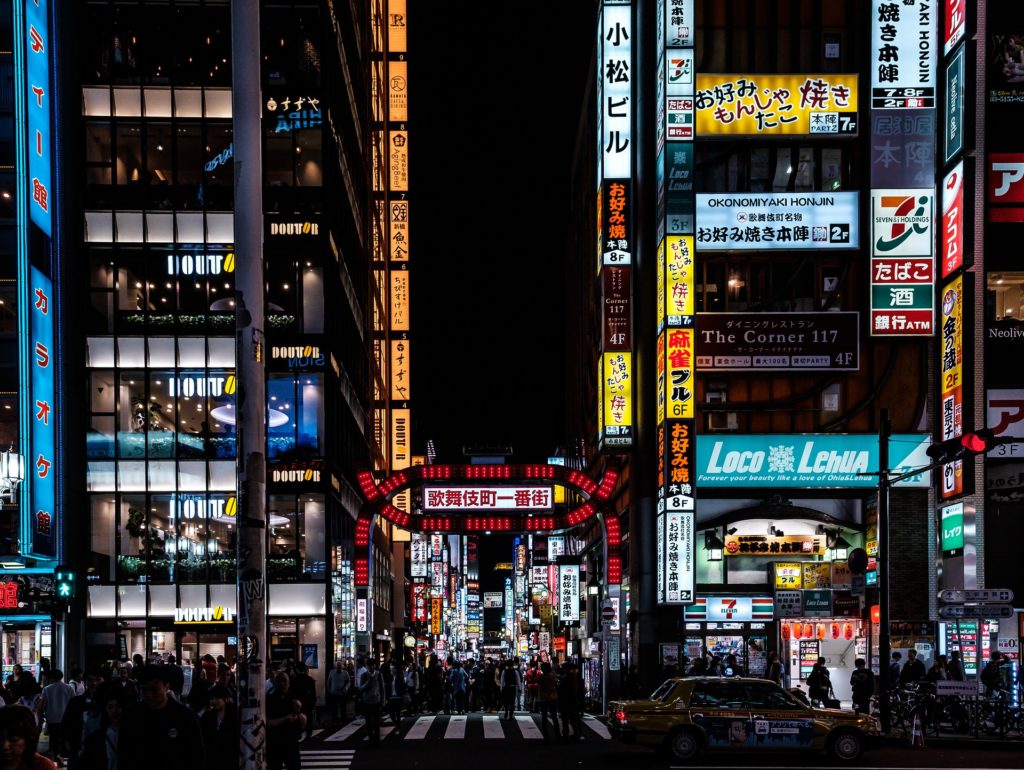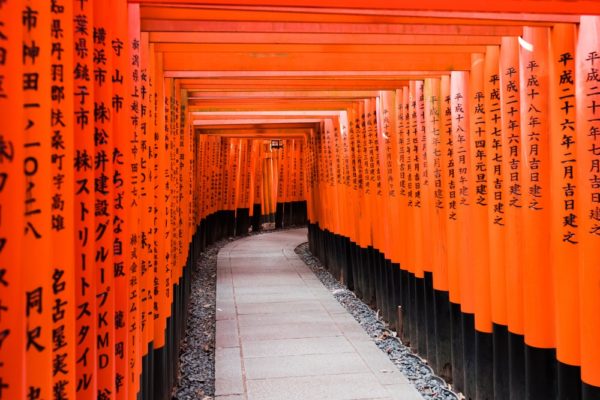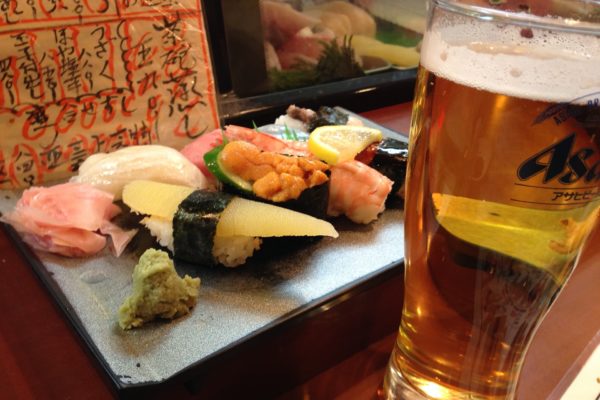Japan is one of the most popular tourist destinations in the world not just because of its amazing cultural and historical landmarks, gorgeous natural sights and attractions, and mouthwatering cuisine, but also because of its many weird, crazy, and outrageous experiences that no other country in the world can offer.
The following are examples of unusual yet fun activities that you must try on your next trip to Japan:
Visit Robot Restaurant.
If you want to see giant robots battling, ninjas and samurai dancing, and scantily-clad women sword-fighting and singing on a stage decorated with neon bright lights and various whacky props, Robot Restaurant should be on top of your must-visit places.
The entire experience starts even before the show starts. At the building entrance, you are already greeted by over-the-top decorations. Large, colorful, and brightly-lit robots welcome you right at the door. And, as you walk to the ticket office, and then take the elevator to the main room on the second floor, you see a lot more of its glitzy, sparkly, and shiny interior designs.
Guests can enjoy some food and drinks sold at the restaurant while watching the two-hour spectacle.

Located in Shinjuku’s vibrant Kabukicho district, only a few minutes’ walk from Shinjuku Station, Robot Restaurant holds multiple performances a day, from 4 pm until 11 pm daily.
Because slots are limited and shows are frequently sold out, booking in advance is advised. Visit the Robot Restaurant official website for reservations and other inquiries.
Check out a maid café.
If you would like to be served food by waitresses dressed in maid outfits, visit one of the more than 200 maid cafes found in Japan.
In Akihabara, there are several of these themed café shops that offer guests the experience of being treated like a master. The maids welcome you right as you enter, doing their most cheerful and cutest voices and poses. They serve different kinds of snacks, desserts, and beverages.
A visit to a maid café usually costs around 2,000 yen. And, for an additional fee, they also provide visitors the opportunity to take photos and play games with the maids.
Be warned, though, that these cafes have rules that customers have to strictly follow, such as no taking pictures of the maids using your phones, and no touching the maids.
While you can just take the train to Akihabara and walk until you find one that you want to visit, why not start with some of the top-rated ones, such as @home cafe, Maidreamin, and Pinafore?
Watch a sumo wrestling practice.
Sumo is a full-contact sport that started in Japan many centuries ago. It is like wrestling, in which two fighters, who are both wearing loincloths, force each other using only their bodies to step out of the ring. The fights usually do not go beyond one round that lasts only a few seconds.
There are several sumo stables around Japan where you can watch sumo wrestlers train and prepare for their upcoming matches. However, not all of them allow tourists to enter the premises to watch the wrestlers practice. It is best to find a tour company that offers this service, such as Voyagin, which provides a Japanese-speaking guide who has sufficient knowledge on the history of sumo, and can explain the rules to observe while in a sumo stable. Usually, these tours take two to three hours, and tourists are required to sit in silence on the floor while the training session is ongoing.
In Tokyo, the Ryogoku district is dubbed as Sumo Town, because it is where you can find various sumo-related attractions, such as the Kokugikan Sumo Stadium, and numerous sumo stables and chanko restaurants.
Also, Japan holds six sumo tournaments annually — three in Tokyo (in January, May, and September), one in Osaka (in March), one in Nagoya (in July), and one in Fukuoka (in November). If you are thinking of attending these tournaments, you have to buy tickets in advance, as seats get sold out really fast. You can purchase tickets through BuySumoTickets.
Try your luck at a pachinko parlor.
Pachinko parlors are Japanese arcade establishments where you can spend your money playing pinball and slot machines. They are found virtually everywhere, buildings with colorful and bright exterior designs, especially in the big urban areas, like Tokyo and Osaka. They are always packed with people, very smoky and noisy, from the moment they open until closing time.
You can easily spend several hours and thousands of yen in one trip to a pachinko parlor. Once you feel that you have had enough fun, you can exchange all the balls you have collected for a special gift at the parlor’s shop.
Witness a tuna auction.
If you do not mind waking up at 3 in the morning to start your sightseeing day in Tokyo, or your plane gets in shortly after midnight and you are wondering what to do until everything else in the city opens, or your 20-hour flight has left you jetlagged, attend the tuna auction held at Tsukiji Fish Market.
At as early as 3:30 in the morning, the market doors open to welcome 120 people who have booked slots to attend the auction. Every day, there are two held — one at around 5:30 am and another one at around 6:00 am. Each tour, which is free of charge, only lets up to 60 people in. You must sign up for a slot at the Fish Information Center of Osakana Fukyu Center found at the Kachidoki Gate, which usually opens at 5 in the morning, and accepts reservations on a first-come, first-serve basis; or apply online through the Tsukiji Fish Market Guided Tours website.
The tuna auction takes only about 25 minutes. Once done, visitors can roam around the market and explore the wide variety of fish and other seafood the market handles each day.
Tsukiji Fish Market also has several restaurants that serve fresh seafood dishes, and shops that sell knives, fresh produce, and other products. It is easily accessible on foot from Tsukiji Station and Tsukiji Shijo Station.



